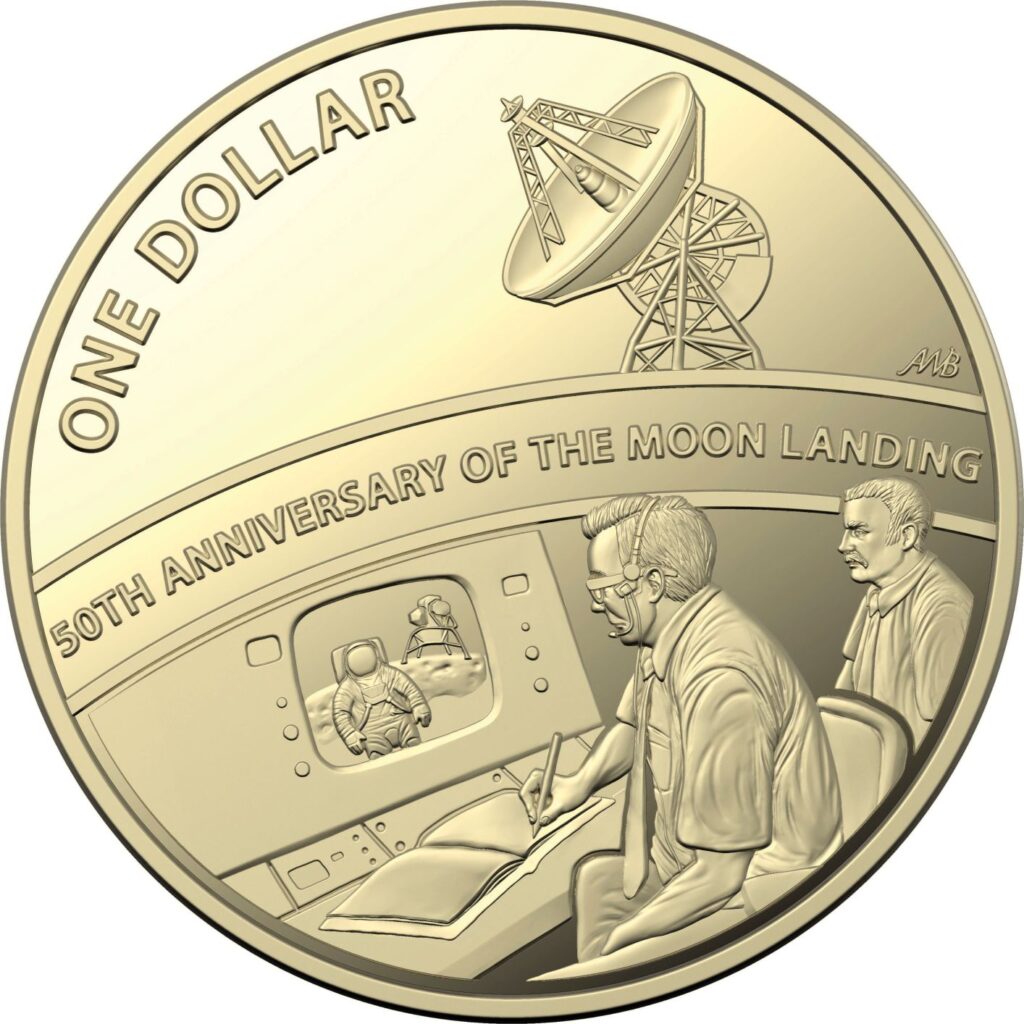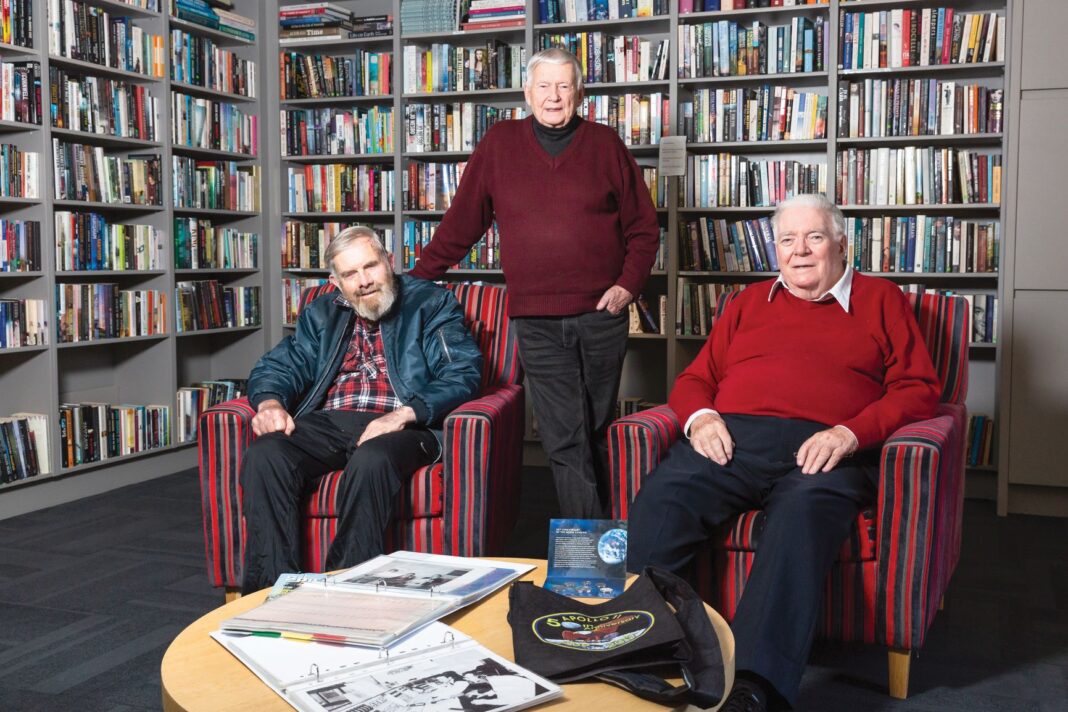It was “one small step” that captured the world – and the first images of Neil Armstrong walking on the Moon were actually broadcast from Honeysuckle Creek Tracking Station near Canberra.
The tracking station was one of three built specifically for Apollo missions, with the other two located in Madrid, Spain and California, USA.
This month marks the 50th anniversary of the Apollo 11 lunar landing but many people may not realise the starring role Canberra played in providing the iconic footage of astronaut Armstrong’s first steps onto the lunar surface on 21 July 1969 (Australian time).
Mike Dinn, who was deputy station director responsible for operations at Honeysuckle Creek during Apollo 11, said the lunar landing was a culmination of work from the earlier Apollo missions.
While Mr Dinn recalled the lunar landing as “the most momentous occasion of my career”, he said capturing the television footage was actually low on his priorities.
“The true story is biomedical information coming down was intermittent and that was my worry because (US President John. F) Kennedy said we are going to take astronauts to the Moon and bring them back safely.”
Overall, Mr Dinn said there were about 20 active people operating the equipment on the day, as well as “the traditional support team, all of whom were important”.
“The whole thing was a team effort within Honeysuckle. It was a team effort within Australia and it was a team effort around the world, too.”
Mr Dinn likened the efforts of Honeysuckle Creek to that of being in a play: “[you are] on the stage and have a role to play and that’s your job at the time. You don’t step back and watch the play or think ‘how’s the play going’; you focus on what is expected of you.”

His colleague John Saxon, who was operations manager at Honeysuckle Creek during Apollo 11, acknowledged the event secured them a “place in history”, even if plans for the future never came to fruition.
“We were told by Houston there would eventually be a lunar base,” Mr Saxon smiled, with plans for the lunar landing site to become a tourist destination.
Mr Saxon, who was “lucky enough to sit on that console for every Apollo mission”, said he doesn’t understand those who say the Moon landing was a hoax.
“I’ll tell you what I tell the hoax people,” he said. “I don’t tell them, mostly because there’s no point, they don’t listen to you anyhow. If I get one that’s relatively open to some sort of logic, I will say ‘look, this was a space race initially between Russia and America’.”
He said the Russians were incredibly keen to know what was going on and were able to track the spacecraft and see that it was “going to land on the Moon”.
“If they get away with it once, why would they ever do it six more times and risk being found out?”
So why don’t more people know more about the role of Honeysuckle Creek and the lunar landing? Mr Dinn apportions blame to the 2000 Australian film The Dish, which “has clouded the genuine accuracy of what actually happened”.
“Having said that, it is a very entertaining movie, it’s sure heaps better than nothing, and it does say ‘based on’,” he said. But, he explains that what really happened was “really very simple”.
“The Moon was not in the view of the Parkes dish at the time of the first step on the Moon because the antenna dish at Parkes can only tilt down within 30 degrees of the horizon,” he said.
“The first step was Honeysuckle but after about eight minutes the Moon did rise into the beam of the Parkes dish. And when it settled down, they did receive a better picture than we did.”
Houston stayed with the Parkes picture for two hours. The California station also had the Moon in view but the quality of their television signal was inferior.
More stories:


